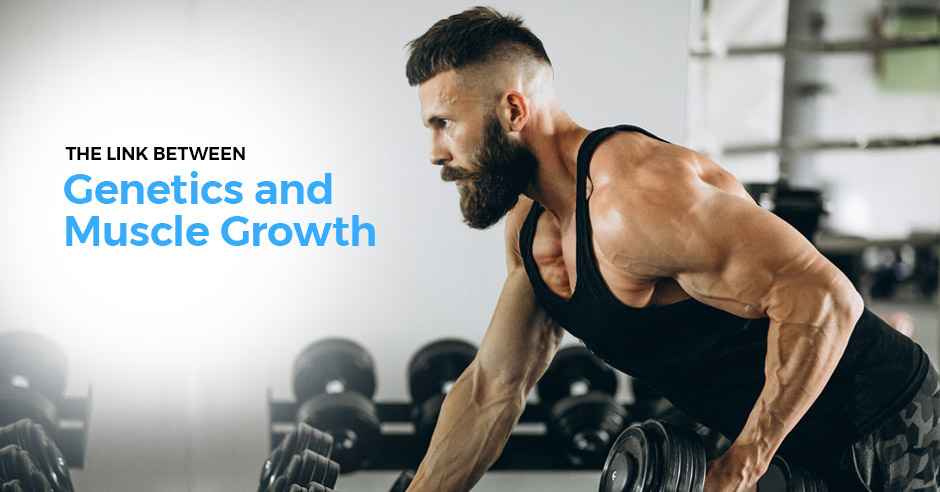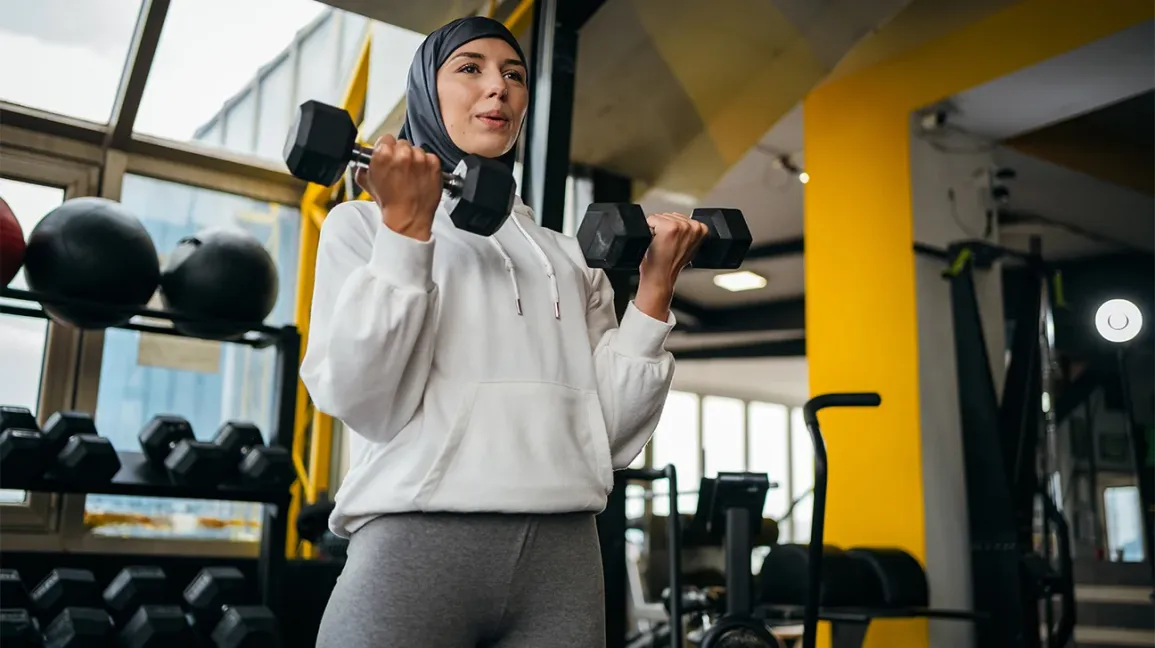Optimizing Fitness The Power of Periodization and HIIT
Discover the transformative potential of fitness periodization and HIIT workouts. Elevate your fitness journey with science-backed techniques

Advanced training techniques like periodization and high-intensity interval training (HIIT) play significant roles in optimizing fitness results by providing structured, varied, and efficient workout strategies. Let's examine the roles of these techniques in more detail:
Periodization
Definition: Periodization is a systematic approach to training that involves breaking down a fitness program into distinct phases or periods. Each period focuses on specific aspects of fitness, such as strength, endurance, or power, and varies the intensity, volume, and exercises over time.
Role in Optimizing Fitness
Preventing Plateaus: One of the primary benefits of periodization is that it helps prevent training plateaus. When you continuously follow the same workout routine, your body adapts and progress slows. By periodically changing the variables, such as intensity and volume, you can keep challenging your body and make continuous gains.
Optimizing Recovery: Periodization often includes planned rest and recovery periods, reducing the risk of overtraining and injury. These recovery phases are essential for muscle repair and growth.
Specific Goals: Periodization allows individuals to tailor their training towards specific goals, whether it's improving strength, building muscle, or enhancing endurance. This targeted approach ensures that you make the most efficient progress toward your desired outcome.
Reducing Burnout: By cycling through different phases, you can avoid burnout and mental fatigue associated with monotonous training. This keeps motivation high and adherence to your fitness regimen more consistent.
High-Intensity Interval Training
Definition: HIIT is a cardiovascular training method that alternates short bursts of high-intensity exercise with brief recovery periods. It can be applied to various activities like running, cycling, and bodyweight exercises.
Role in Optimizing Fitness
Time Efficiency: HIIT workouts are often much shorter than traditional steady-state cardio workouts but can deliver similar or even better results in terms of cardiovascular fitness and calorie burning. This makes it ideal for those with busy schedules.
Metabolic Benefits: HIIT has been shown to increase the body's post-exercise calorie burn, known as excess post-exercise oxygen consumption (EPOC). This can help with weight management and fat loss.
Improved Cardiovascular Health: HIIT can lead to significant improvements in cardiovascular fitness, including increased VO2 max, reduced blood pressure, and improved cholesterol profiles.
Preservation of Muscle Mass: HIIT can help preserve muscle mass while promoting fat loss, making it suitable for individuals looking to both gain strength and lose body fat.
Variability: HIIT workouts can be customized to suit different fitness levels and goals. You can adjust the intensity, duration, and exercises to create a personalized HIIT routine.
In summary, periodization and HIIT are advanced training techniques that can optimize fitness results in several ways. Periodization helps prevent plateaus, tailor training to specific goals, and manage recovery effectively. On the other hand, HIIT offers time-efficient, metabolic, cardiovascular, and muscle-preserving benefits, making it an excellent choice for individuals seeking efficient and effective workouts. Incorporating these techniques into your fitness regimen can lead to more significant and sustainable improvements in your overall fitness and health. However, it's essential to consult with a fitness professional or healthcare provider before starting any new training program, especially if you have underlying medical conditions or are new to exercise.
Combining Periodization and
Synergy: Combining periodization principles with HIIT can be particularly effective. This approach allows you to cycle through high-intensity and lower-intensity phases within your training plan, aligning with the principles of periodization.
Enhanced Conditioning: Integrating HIIT sessions into various phases of periodization can improve your conditioning and overall performance. For example, you can use HIIT to target specific energy systems, such as the anaerobic system during strength phases or the aerobic system during endurance phases.
Holistic Fitness: The combination of periodization and HIIT promotes holistic fitness by addressing various aspects of physical performance, including strength, endurance, agility, and cardiovascular health. This multifaceted approach can lead to well-rounded fitness.
Considerations and Safety:
Individualization: It's essential to tailor both periodization and HIIT to your individual fitness level, goals, and limitations. Not everyone will progress at the same rate or respond the same way to these techniques, so adjustments may be needed.
Proper Form: Especially with HIIT, maintaining proper form and technique is crucial to prevent injuries. High-intensity exercises can put stress on joints and muscles, so it's vital to perform them correctly.
Recovery: While both periodization and HIIT have built-in recovery periods, it's important to listen to your body. If you experience excessive fatigue, soreness, or signs of overtraining, consider extending your recovery or reducing the intensity of your workouts.
Consultation: If you're new to exercise or have any medical conditions, it's advisable to consult with a healthcare professional or fitness expert before embarking on a periodized or HIIT program. They can help you design a safe and effective plan.
Long-Term Sustainability:
Balanced Approach: For long-term fitness success, it's crucial to strike a balance between intense training and recovery. Over time, excessive intensity without adequate recovery can lead to burnout and injury. Periodization can help with this balance.
Variety: Keeping your workouts varied and engaging is essential for long-term adherence to your fitness routine. Periodization encourages this variety by changing exercises and training stimuli regularly.
Lifestyle Integration: Ensure that your fitness plan aligns with your lifestyle and commitments. Periodization can be adapted to fit different schedules and priorities, promoting consistency.
In conclusion, periodization and HIIT are valuable tools for optimizing fitness results when used appropriately and in conjunction with one another. The combination of structured, goal-specific training phases and high-intensity intervals can lead to significant improvements in strength, endurance, cardiovascular health, and overall fitness. However, it's essential to approach these techniques with care, personalize them to your needs, and prioritize safety and recovery for sustainable, long-term fitness success. Always consult with a fitness professional or healthcare provider to create a tailored plan that aligns with your goals and abilities.
Monitoring and Tracking Progress:
Measurement: To gauge the effectiveness of your periodized and HIIT workouts, it's essential to track your progress. This can involve keeping a workout journal, recording key metrics (e.g., weight lifted, time spent, heart rate), and periodically reassessing your fitness levels.
Adjustments: Regular assessment allows you to make informed adjustments to your training plan. If you're not seeing the desired results, you can modify variables like intensity, frequency, or exercise selection.
Nutrition and Recovery:
Nutrition: A well-balanced diet is a fundamental component of optimizing fitness. Adequate macronutrients (carbohydrates, proteins, and fats) and micronutrients (vitamins and minerals) support your energy levels, muscle repair, and overall health. Tailor your nutrition to support your specific training goals.
Recovery: Proper recovery is just as important as training itself. Quality sleep, hydration, and active recovery techniques like stretching or foam rolling can aid in muscle repair and reduce the risk of injury. Combining periodization and HIIT with a focus on recovery enhances the overall effectiveness of your fitness program.
Periodization for Different Goals:
Strength: If your primary goal is to increase strength, periodization can include phases focused on lifting heavy weights with lower repetitions and longer rest intervals. This approach helps build muscle mass and neuromuscular adaptations.
Endurance: For those looking to improve endurance, periodization might involve longer duration and lower-intensity workouts. Gradually increasing volume and intensity over time can enhance aerobic capacity.
Weight Loss: Combining HIIT with a periodized plan can be highly effective for weight loss. HIIT sessions can boost calorie burning, while periodization ensures a balanced approach that avoids overtraining.
Adaptation and Longevity:
Adaptation: The human body is highly adaptable. To continue optimizing fitness results, it's essential to periodically challenge it with new stimuli. Periodization and HIIT help introduce these changes, preventing your body from plateauing.
Longevity: Incorporating advanced training techniques can promote long-term fitness and overall health. By avoiding stagnation and focusing on balanced progress, you can maintain an active lifestyle well into your later years.
Professional Guidance:
Coaching: Working with a certified fitness coach or personal trainer can be incredibly beneficial when implementing periodization and HIIT. They can design a personalized plan, ensure proper form, and provide motivation and accountability.
Medical Consultation: Before starting any advanced training program, it's wise to consult with a healthcare provider, especially if you have underlying medical conditions or are recovering from injuries. They can provide guidance on exercise safety and recommend modifications if needed.
In summary, periodization and HIIT are valuable tools for optimizing fitness results, but their effectiveness depends on proper planning, monitoring, and individualization. By combining these advanced training techniques with a balanced diet, adequate recovery, and a long-term perspective, you can achieve and sustain your fitness goals while promoting overall health and well-being. Always prioritize safety and listen to your body throughout your fitness journey.
What's Your Reaction?















